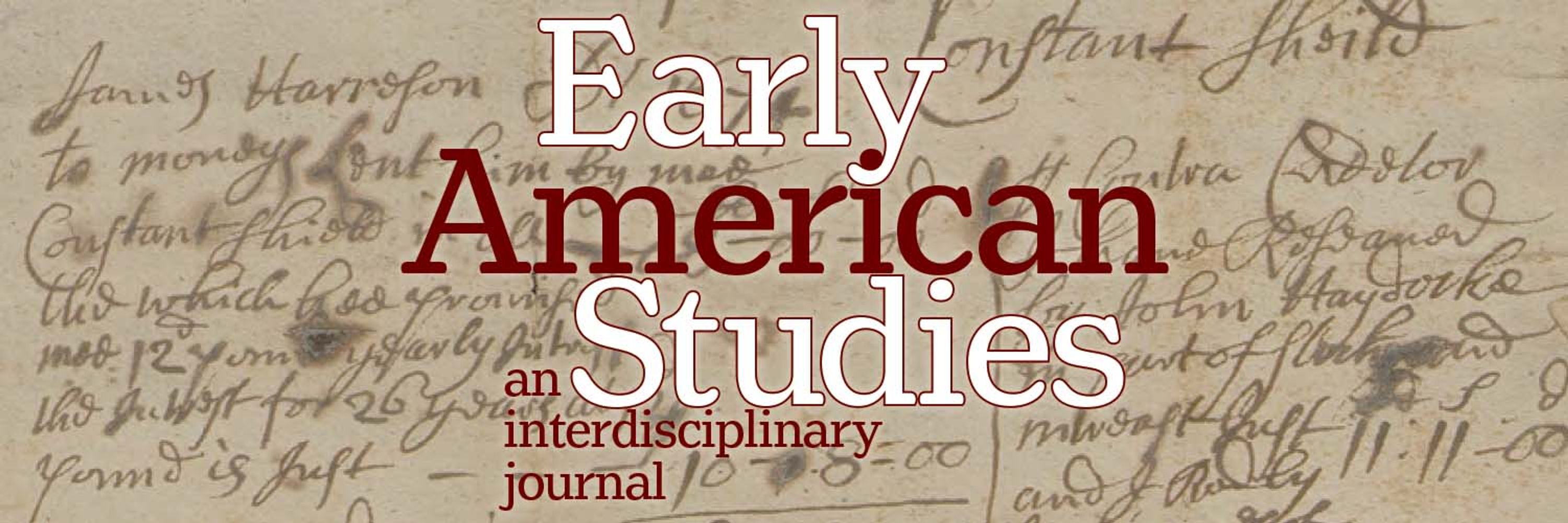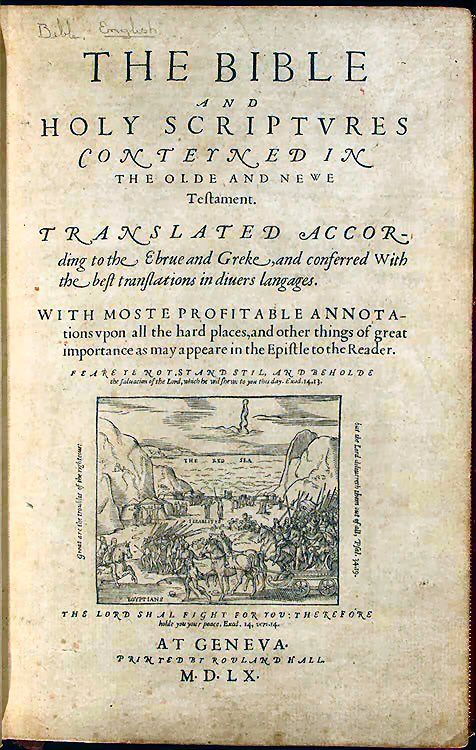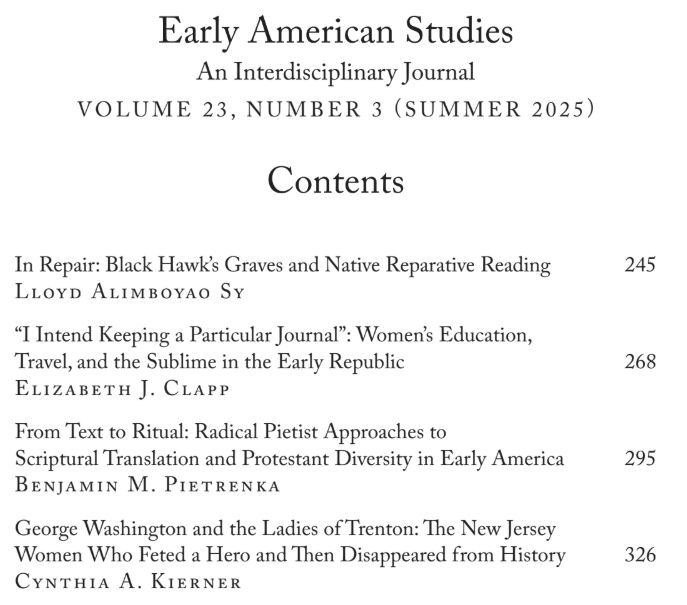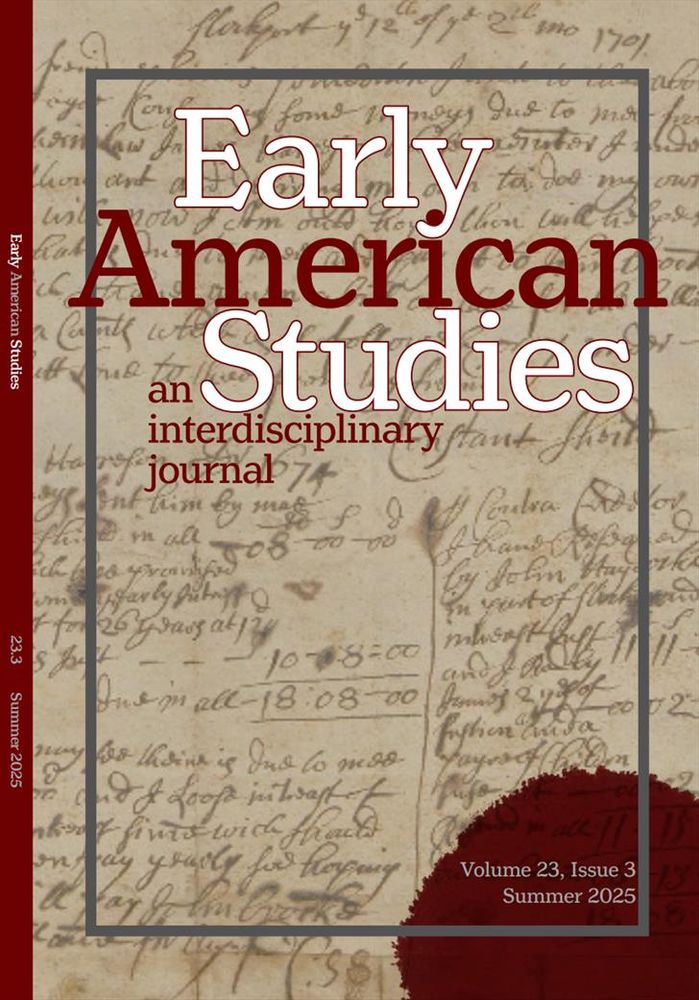Early American Studies
@easmisc.bsky.social
220 followers
290 following
87 posts
EAS Miscellany is the digital companion to Early American Studies: An Interdisciplinary Journal.
Posts
Media
Videos
Starter Packs



















